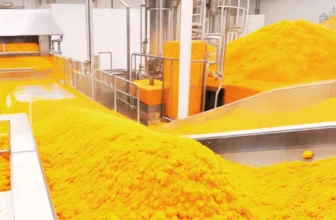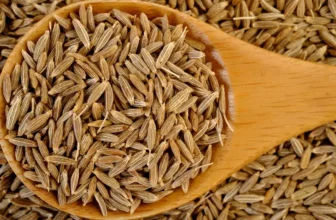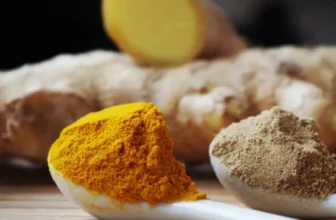The Comprehensive Guide to the Planting and Harvesting Process of Red Chili
Red chili, also known as hot pepper or chili pepper, is a fundamental ingredient in many culinary traditions around the world. In Pakistan, Lyallpur Organics (Pvt) Ltd. stands out as a premier provider of organic spices, dedicated to sustainable and organic cultivation practices. This article delves into the intricate processes of planting and harvesting red chili, offering insights into crop management, fertilization, pest control, and harvest timing. Understanding these methods is essential for achieving high-quality yields and ensuring the pepper’s heat level and capsaicin content are maximized.

Understanding Red Chili
Red chili belongs to the genus Capsicum and is known for its fiery taste and vibrant color. The heat level of chili is due to capsaicin, a compound that can vary significantly among different pepper varieties. These variations are not only influenced by genetic factors but also by the agricultural practices employed during cultivation.
Table of Contents
Preparing for Planting
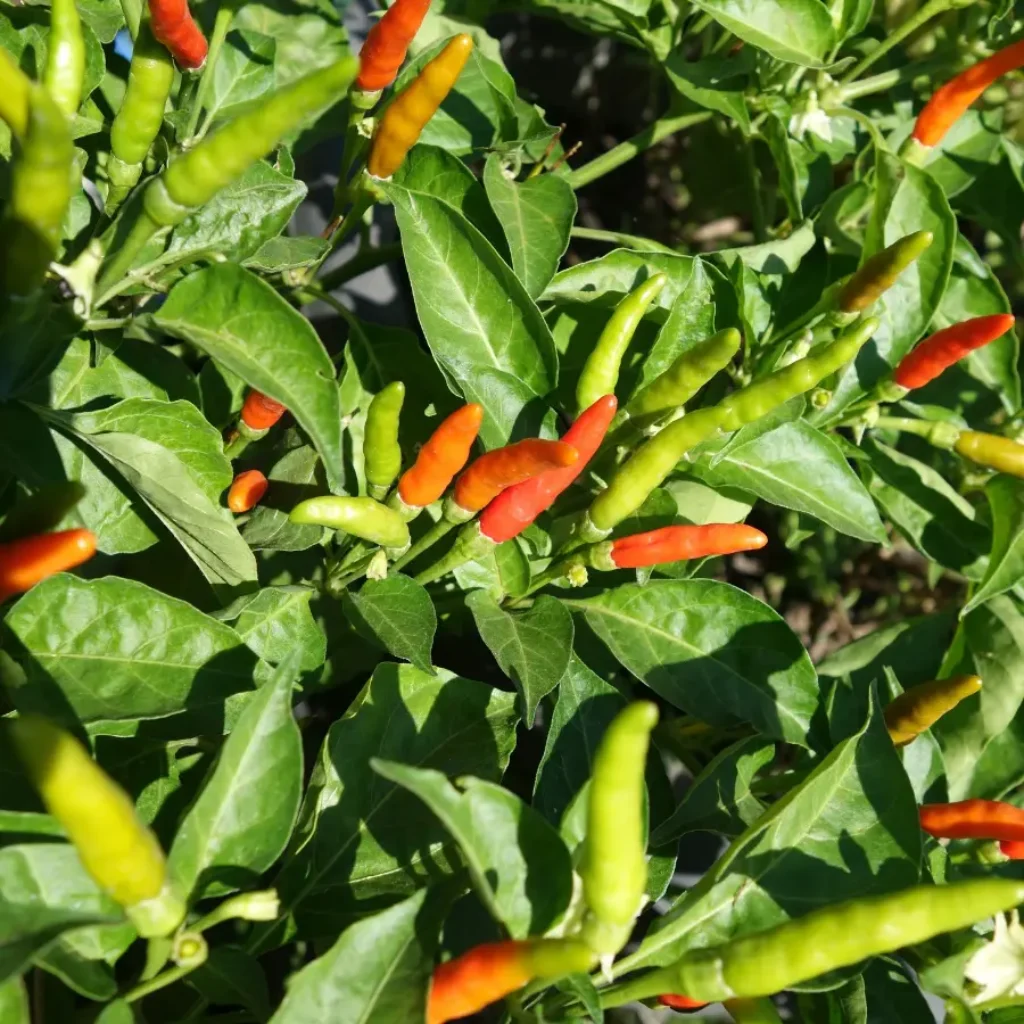
- Soil Preparation
Preparing the soil meticulously before planting red chillies is crucial. Organic farming methods focus on rich soil, which can be achieved by using natural compost and avoiding chemical fertilizers. Testing the soil is also crucial. It determines pH and nutrients, ensuring optimal conditions for pepper plants.
- Selecting Pepper Varieties
Choosing the right pepper varieties is critical. Different types have different levels of heat and flavour, which can affect market demand. Lyallpur Organics (Pvt) Ltd specializes in selecting varieties suited to the local climate and soil, ensuring strong growth and high yields.
- Seed Treatment and Germination
Before planting, seeds undergo treatment to enhance germination rates. This involves soaking seeds in water or a mild organic solution to break dormancy. Seeds emerge in a controlled environment, ensuring healthy and vigorous seedlings.
Planting techniques
- Sowing seeds
Farmers sow red chilli seeds in well-prepared beds. They space the seeds apart, giving them more space. This practice helps reduce the risk of diseases and promotes uniform growth.
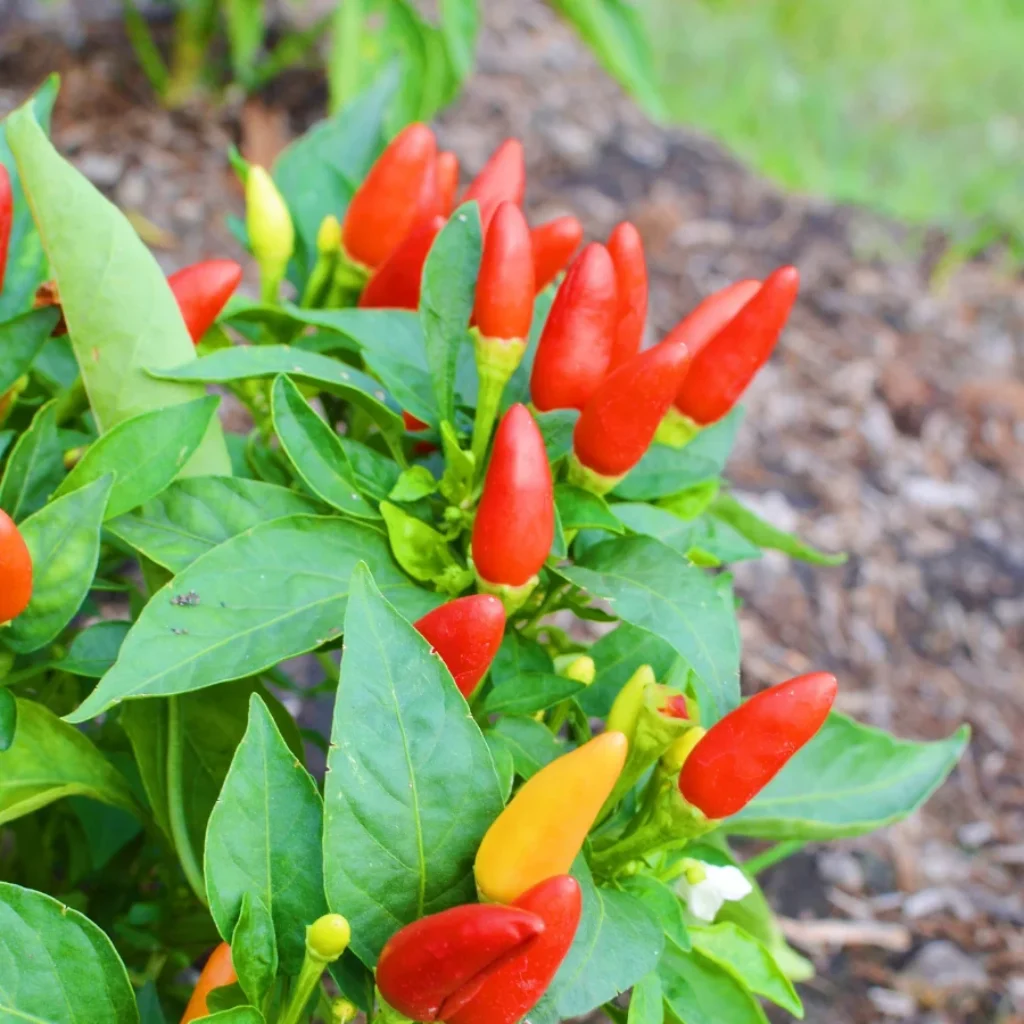
- Transplanting Seedlings
After maturity, seedlings go to the main field. We handle roots with precision to prevent damage. We also ensure plants have enough space to grow. This step is crucial for plant establishment in the field. We will add the updated feature. It will help you track your order status.
Crop management
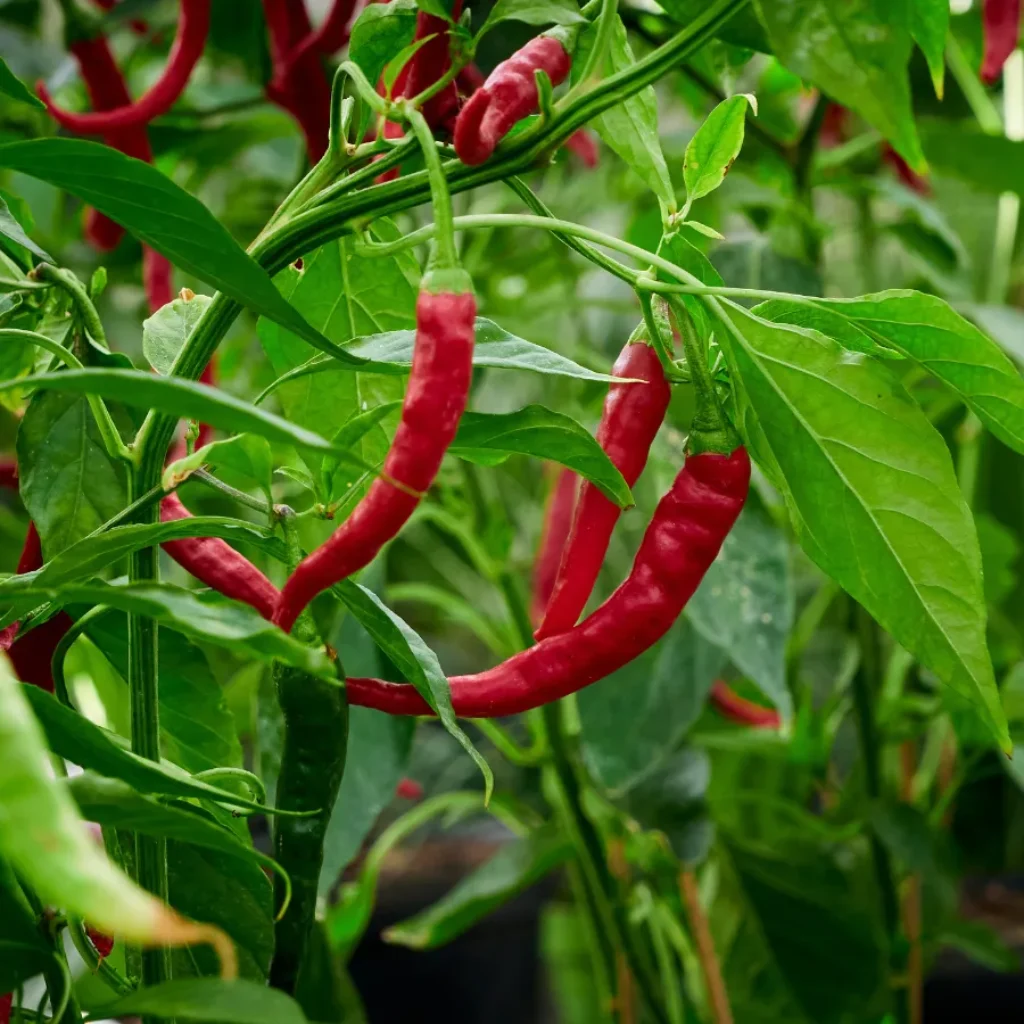
- Watering methods
Proper irrigation is vital for red chilli cultivation. Drip irrigation provides consistent moisture while conserving water. We avoid overhead watering because it promotes fungal diseases.
- Fertilization
We prefer organic fertilization. It utilizes compost and other natural amendments to boost soil fertility. Regular soil testing adjusts nutrient use. It meets the plant’s specific needs.
- Pest control
Integrated pest management (IPM) is the cornerstone of sustainable farming. It uses biological, cultural, and mechanical methods to control pests. As a result, there will be a reduction in chemical pesticides. This approach protects the crop but also preserves the ecosystem.
Harvesting techniques
- Determining Harvest Time:
The timing of the harvest is critical to ensuring the high quality and flavour of red chillies. Harvesting too early or too late can lower capsaicin content and hurt marketability. Farmers pick chillies when they reach peak colour and complete development.
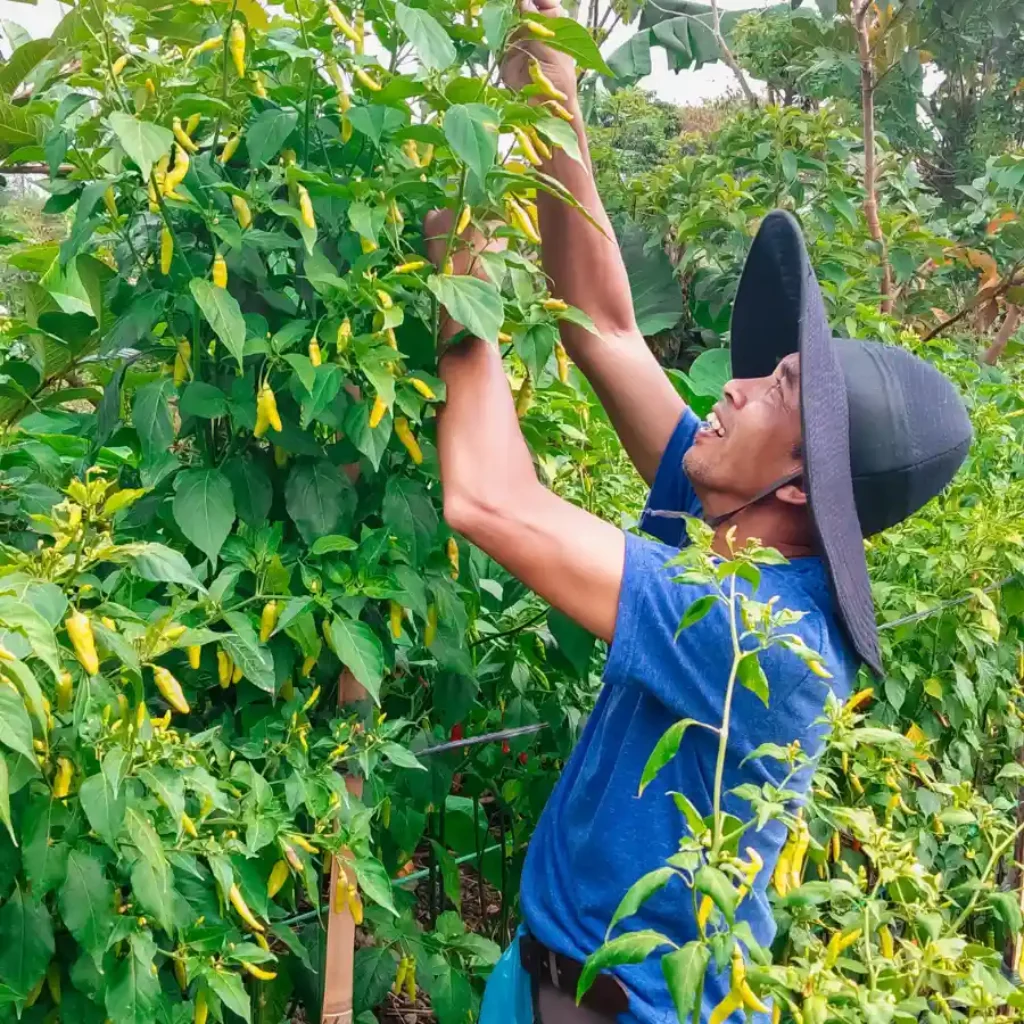
- Harvesting methods
Farmers hand-pick tomatoes to protect their plants and produce. This method selects peppers at optimal maturity, ensuring consistent quality. Mechanical harvesting is less common, but larger operations can use it.
Post-harvest processing

- Drying and storage
After harvesting, farmers dry chillies to reduce their moisture content and prevent spoilage. Sun rinsing is traditional, yet dehydrators for controlled drying are becoming more popular. They ensure consistent results. Proper storage is essential. It keeps dried peppers’ quality and flavour intact.
- Packaging and distribution
After drying, workers sort, grade, and package the chillies. Lyallpur Organics (Pvt) Ltd. They opt for sustainable wrapping materials. This aligns with their commitment to sustainable farming. The correct distribution networks ensure products reach consumers. They do so while keeping it fresh and hot.
- Yield optimization
Maximizing yields is a primary goal for farmers. This involves continuous monitoring and adaptation of farming practices. Farmers use crop rotation, cover cropping, and green manures. They do this to improve soil health and boost productivity.
Conclusion
Planting and harvesting red chillies is a detailed and labour-intensive process. It demands expertise and dedication. Lyallpur Organics (Pvt) Ltd. It shows the best organic farming practices. They take care of every step, from soil preparation to post-harvest work. They produce high-quality, tasty, and sustainable red chillies by following these practices. Chilies meet local and international demands. Are you a farmer who wants to improve your chilli production? Or a consumer interested in the journey of your favourite spice from farm to table? Understanding these processes gives a deeper appreciation for this fiery and critical ingredient.
Other Products by Lyallpur Organics
-
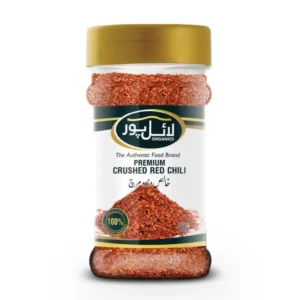 Premium Crushed Red Chili (Crushed Lal Mirch, Darra Mirch) – 100% Natural & Pure | Super Spicy Flavour & Vibrant Color | Best Price in Pakistan₨ 219.00 – ₨ 780.00Price range: ₨ 219.00 through ₨ 780.00★★★★★
Premium Crushed Red Chili (Crushed Lal Mirch, Darra Mirch) – 100% Natural & Pure | Super Spicy Flavour & Vibrant Color | Best Price in Pakistan₨ 219.00 – ₨ 780.00Price range: ₨ 219.00 through ₨ 780.00★★★★★ -
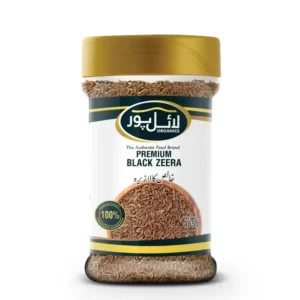 Premium Black Cumin (Kala Zeera) – 100% Natural Organic & Pure | Intense Flavour & Rich Aroma | Best Price in Pakistan₨ 373.00 – ₨ 860.00Price range: ₨ 373.00 through ₨ 860.00★★★★★
Premium Black Cumin (Kala Zeera) – 100% Natural Organic & Pure | Intense Flavour & Rich Aroma | Best Price in Pakistan₨ 373.00 – ₨ 860.00Price range: ₨ 373.00 through ₨ 860.00★★★★★ -
 Premium Kishmish (Raisin) Sundarkhani – 100% Natural Organic & Pure | Rich in Nutrients & Sweet Flavour | Best Price in Pakistan₨ 281.00 – ₨ 410.00Price range: ₨ 281.00 through ₨ 410.00
Premium Kishmish (Raisin) Sundarkhani – 100% Natural Organic & Pure | Rich in Nutrients & Sweet Flavour | Best Price in Pakistan₨ 281.00 – ₨ 410.00Price range: ₨ 281.00 through ₨ 410.00 -
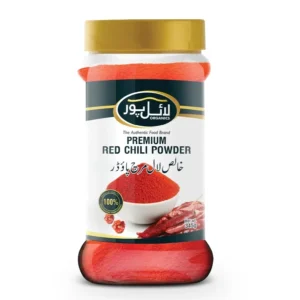 Premium Red Chili Powder (Lal Mirch Powder) – 100% Natural & Pure | Hot Spicy Flavour & Vibrant Color | Best Price in Pakistan₨ 200.00 – ₨ 1,015.00Price range: ₨ 200.00 through ₨ 1,015.00
Premium Red Chili Powder (Lal Mirch Powder) – 100% Natural & Pure | Hot Spicy Flavour & Vibrant Color | Best Price in Pakistan₨ 200.00 – ₨ 1,015.00Price range: ₨ 200.00 through ₨ 1,015.00 -
 Premium White Cumin (Safaid Zeera) – 100% Natural Organic & Pure | Delicate Flavour & Rich Aroma | Best Price in Pakistan₨ 280.00 – ₨ 624.00Price range: ₨ 280.00 through ₨ 624.00
Premium White Cumin (Safaid Zeera) – 100% Natural Organic & Pure | Delicate Flavour & Rich Aroma | Best Price in Pakistan₨ 280.00 – ₨ 624.00Price range: ₨ 280.00 through ₨ 624.00 -
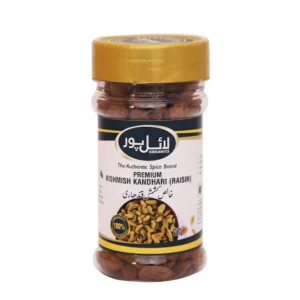 Premium Kishmish (Raisin) Kandhari – 100% Natural & Pure | Rich in Nutrients & Sweet Flavour | Best Price in Pakistan₨ 200.00 – ₨ 260.00Price range: ₨ 200.00 through ₨ 260.00
Premium Kishmish (Raisin) Kandhari – 100% Natural & Pure | Rich in Nutrients & Sweet Flavour | Best Price in Pakistan₨ 200.00 – ₨ 260.00Price range: ₨ 200.00 through ₨ 260.00



